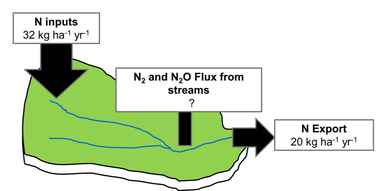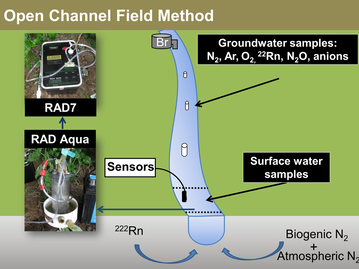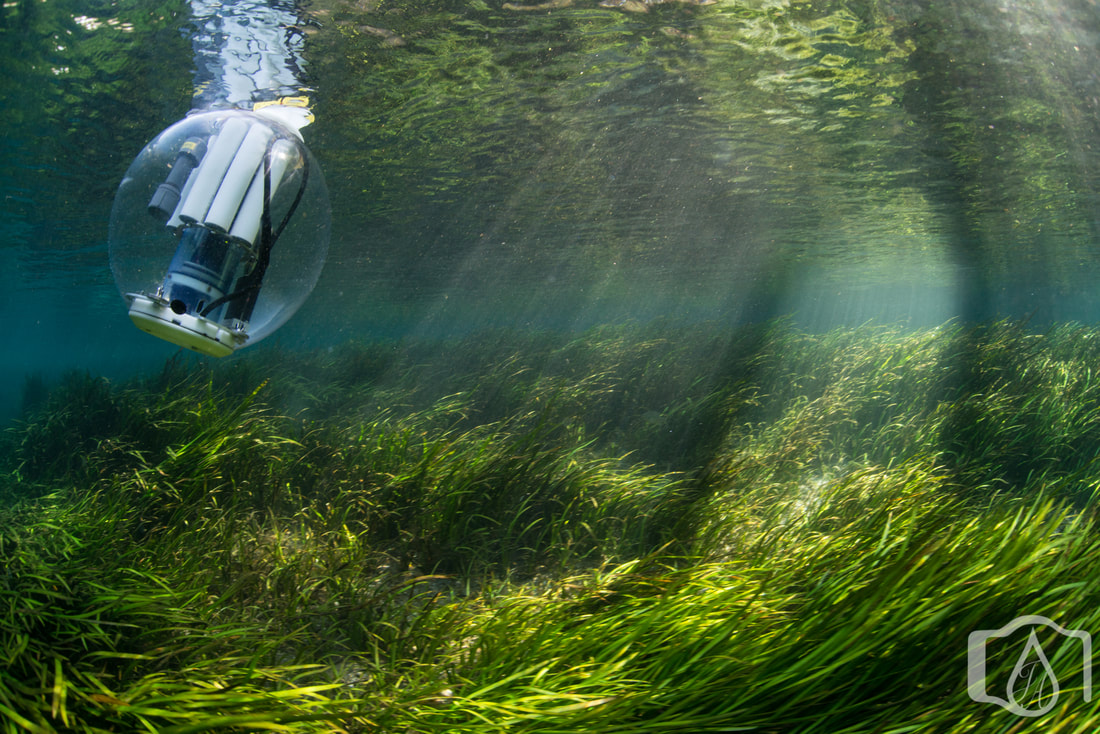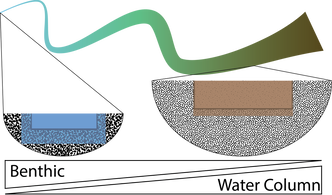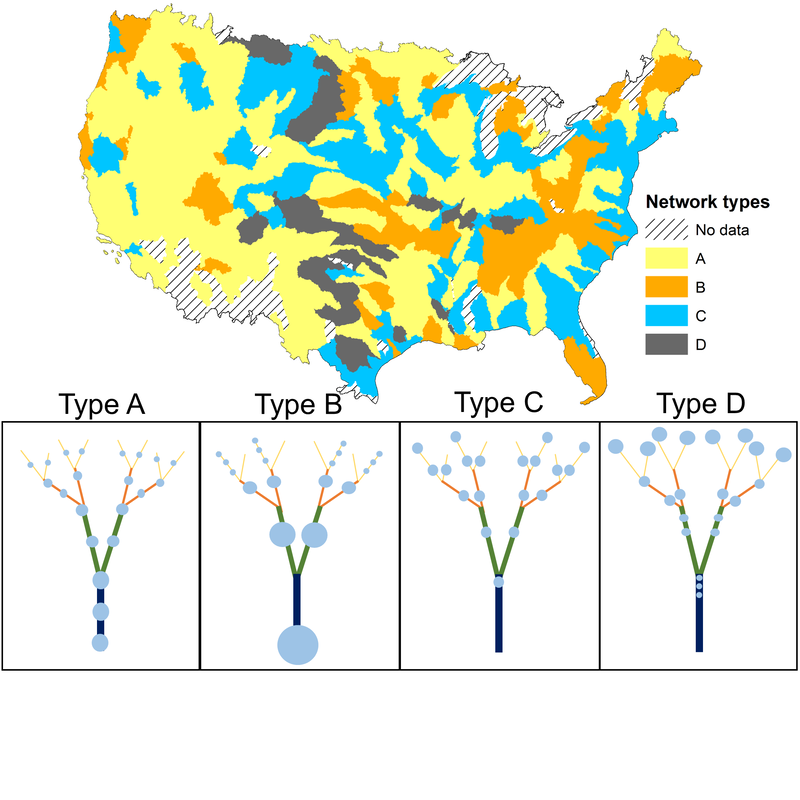Research Overview
Our group comes from and blends disciplines of hydrology, geomorphology, biogeochemistry, and geospatial data science to study rivers, lakes, and their landscapes at basin to global scales. We use a combination of satellite remote sensing, in-situ sensors, and data synthesis to observe Earth's waters, how they are changing, why, and how they work. Broad research themes include 1) global environmental change and understanding human vs. natural controls of change, 2) linking physical and ecosystem processes in rivers, 2) inferring process from pattern.
Our group comes from and blends disciplines of hydrology, geomorphology, biogeochemistry, and geospatial data science to study rivers, lakes, and their landscapes at basin to global scales. We use a combination of satellite remote sensing, in-situ sensors, and data synthesis to observe Earth's waters, how they are changing, why, and how they work. Broad research themes include 1) global environmental change and understanding human vs. natural controls of change, 2) linking physical and ecosystem processes in rivers, 2) inferring process from pattern.
Current Projects
Mapping patterns, drivers, and consequences of changing suspended sediment concentration and flux in global rivers using satellites and machine learning
People: Luisa, Punwath, Rajaram, John
Collaborators: UMass, UNC, NASA
Funding: NASA-New Investigator Program, NASA-AIST
Summary:
Understanding algal bloom extent, severity, and drivers in rivers and reservoirs using satellites and machine learning
People: Gabi, Sam, Rob, Claire, John
Collaborators: CSU, USGS, Emily Elliott (Pitt)
Funding: NASA-Remote Sensing of Water Quality, Hillman Family Foundation
Summary:
Patterns and controls of river migration across global rivers using remote sensing
People: Elad, John
Collaborators: UNC
Summary:
Climate change impacts on global estuaries
People: Punwath, John
Summary:
Additional research topics and interests
People: Luisa, Punwath, Rajaram, John
Collaborators: UMass, UNC, NASA
Funding: NASA-New Investigator Program, NASA-AIST
Summary:
Understanding algal bloom extent, severity, and drivers in rivers and reservoirs using satellites and machine learning
People: Gabi, Sam, Rob, Claire, John
Collaborators: CSU, USGS, Emily Elliott (Pitt)
Funding: NASA-Remote Sensing of Water Quality, Hillman Family Foundation
Summary:
Patterns and controls of river migration across global rivers using remote sensing
People: Elad, John
Collaborators: UNC
Summary:
Climate change impacts on global estuaries
People: Punwath, John
Summary:
Additional research topics and interests
- Causes and consequences of sediment flux through large rivers from continents to coasts
- Characterizing patterns and suspended materials and their ecosystem impacts in large rivers
- Using water color as an integrated measure of change in aquatic systems
- Characterizing underwater light in rivers
- Impacts of aquatic network shape on hydrologic, geomorphic, and ecosystem processes
- Developing new measurement capacities, algorithms, and statistical methods with optical imagery
- Building open, global water quality databases using satellites, cloud computing, and machine learning
- Data visualization for data discovery, outreach, and stakeholder engagement
PAST WORK
|
Linking physical and ecosystem processes
Are streams nitrogen gas "chimneys"? Humans are the dominant driver of the global nitrogen cycle. On average, 75% of nitrogen added to the landscape by humans is “missing”, meaning we can only account for 25% of inputs by measuring what leaves a watershed in streamflow. We developed field methods using natural tracers for groundwater (Radon) and water recharge temperature (Argon) to simultaneously estimate the flux of nitrogen gases from land to streams, within streams, and from stream to atmosphere. We found streams in agricultural landscapes were nitrogen gas “chimneys” and most of the missing nitrogen was delivered to streams via groundwater flowpaths as nitrogen gas (N2). Our results provided a watershed scale test of the hypothesis that nitrogen gases can account for the missing nitrogen and suggested that agricultural landscapes could be managed to both decrease nitrogen pollution and greenhouse gas emissions in streams Publications
|
|
How do organisms that "go with the flow" experience sunlight in large rivers?
Sunlight is an ultimate physical driver of ecosystems. Despite its importance, light dynamics are often overlooked in rivers, particularly for algae or other particles that move downstream suspended in the water column. We showed light exposure was overestimated by current models and suspended particles experienced very different light regimes than rooted plants, suggesting we need to adopt new approaches and modify optical theory specifically for rivers. This is part of a broader effort to expand our approaches for studying "moving" ecosystems. Aquatic ecosystems are often moving yet most of our understanding comes from measuring one location over time. Additional approaches include taking measurements across space at one point in time (synoptic) or following objects as the move through space and time along flowpaths as we did here. Publications
Photo Credit (right): Jennifer Adler Photography |
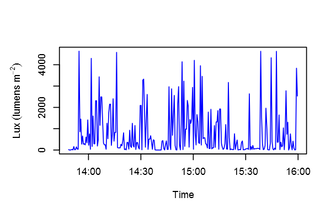
|
|
Scaling patterns in rivers and lakes
At what size river do ecosystem processes shift from largely benthic to largely water column? A fundamental question that may shift how ecosystem processes are modeled within large river systems is… at what river size do ecosystem processes occur largely in the water column relative to the riverbed? We derived a simple model rooted in geomorphic theory, parameterized with data across large US rivers, that calculates water-sediment contact area in the water column and the riverbed. We found ecosystem processes may occur largely within the water column in mid-sized to large rivers, and these complex processes are typically not accounted for in biogeochemical models of rivers Publications
|
|
How do lakes fit into river networks?
River systems are not just rivers, but rather networks of lakes, reservoirs, and wetlands that are connected over multiple spatial and temporal scales. How lakes fit into river networks has profound implications for how water, materials, and organisms move through rivers. We statistically described rivers and lakes as one connected network using geospatial data from the contiguous USA and found there are several distinct categories of how lake size, abundance, and spacing changes across river sizes, primarily driven by climate. However, the pervasiveness of human-constructed reservoirs homogenizes network shape across diverse regions from the desert Southwest to the glaciated highlands of the Northeast. Publications
|
